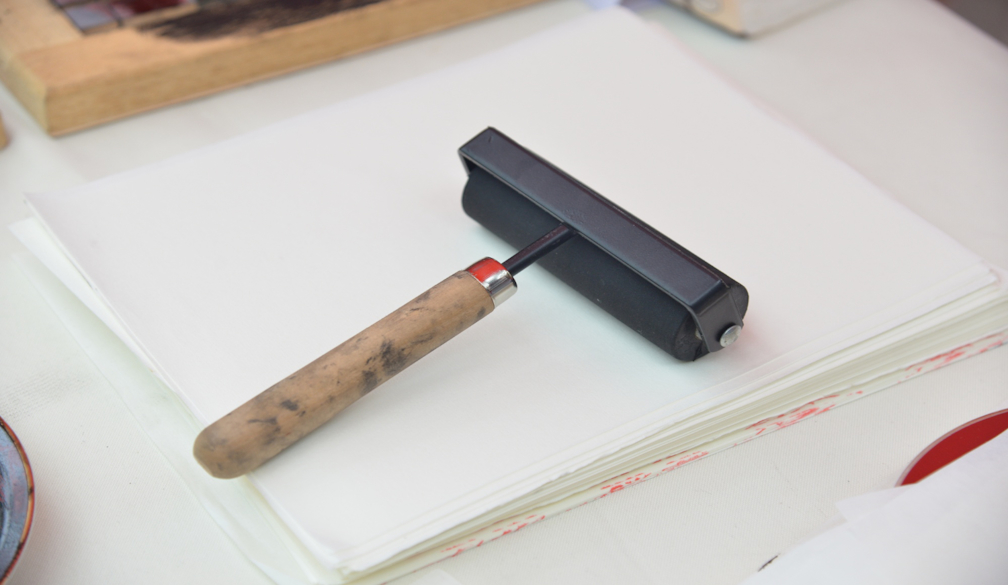How to Clean and Maintain Self Inking Stamps

Self-inking stamps are invaluable tools for businesses, professionals, and individuals alike. From endorsing documents to marking packages, these stamps offer convenience and efficiency. However, like any other tool, they require regular maintenance to ensure optimal performance and longevity. In this guide, we'll delve into the steps to clean and maintain self-inking stamps, along with insights into personalised stamps in Australia.
Understanding Self-Inking Stamps
Before diving into maintenance, it's essential to grasp the anatomy of self-inking stamps. These stamps contain an ink pad within the housing, which re-inks the stamp after each impression. Over time, ink residue, dust, and debris can accumulate, leading to blurred impressions or malfunction.
Cleaning Your Self-Inking Stamp
- Gather Supplies: You'll need mild soap, water, lint-free cloths, and cotton swabs.
- Disassemble Carefully: Most self-inking stamps are designed for easy disassembly. Follow the manufacturer's instructions to remove the ink pad and stamping mechanism.
- Clean the Stamp Surface: Gently wipe the stamp surface with a damp, lint-free cloth to remove any ink residue. Avoid using harsh chemicals or alcohol-based cleaners, as they may damage the rubber.
- Clean the Ink Pad: Rinse the ink pad under lukewarm water to remove excess ink. Use mild soap if necessary, and pat it dry with a lint-free cloth. Ensure it's completely dry before reinserting it into the stamp.
- Inspect for Debris: Use a cotton swab dipped in water to carefully clean any hard-to-reach areas or stubborn debris on the stamping mechanism. Be gentle to avoid damaging delicate parts.
- Reassemble: Once all components are clean and dry, reassemble the stamp following the manufacturer's guidelines.
Maintaining Your Self-Inking Stamp
- Use Quality Ink: Opt for high-quality ink specifically designed for self-inking stamps. Low-quality ink may contain contaminants that can clog the stamp mechanism.
- Store Properly: Keep your stamp in a clean, dry environment away from direct sunlight and extreme temperatures. Storing it upright can prevent ink from pooling and prolong the life of the ink pad.
- Replace Ink Pads Regularly: Over time, ink pads wear out and become less effective. Monitor the quality of impressions, and replace the ink pad when impressions start to fade or become uneven.
- Avoid Excessive Pressure: Pressing too hard on the stamp can cause premature wear and tear. Use gentle, consistent pressure for best results.
- Clean After Each Use: Make it a habit to clean your self-inking stamp after each use to prevent ink buildup and maintain crisp impressions.
Personalised Stamps in Australia
In addition to standard self-inking stamps, personalised stamps offer a unique touch for businesses and individuals. In Australia, various companies specialise in creating personalised stamps tailored to specific needs. Whether it's for branding, addressing envelopes, or adding a personal touch to correspondence, personalised stamps are a versatile tool.
From traditional rubber stamps to modern self-inking options, personalised stamps come in various designs, sizes, and colors. Many companies offer online customisation tools, allowing customers to create their designs or upload logos for a truly bespoke stamping solution.
Conclusion
Regular cleaning and maintenance are essential for preserving the performance and longevity of self-inking stamps. By following these simple steps, you can ensure your stamps deliver crisp, clear impressions every time. And for those looking to add a personal or professional touch, personalised stamps in Australia offer endless possibilities for customisation and creativity.














